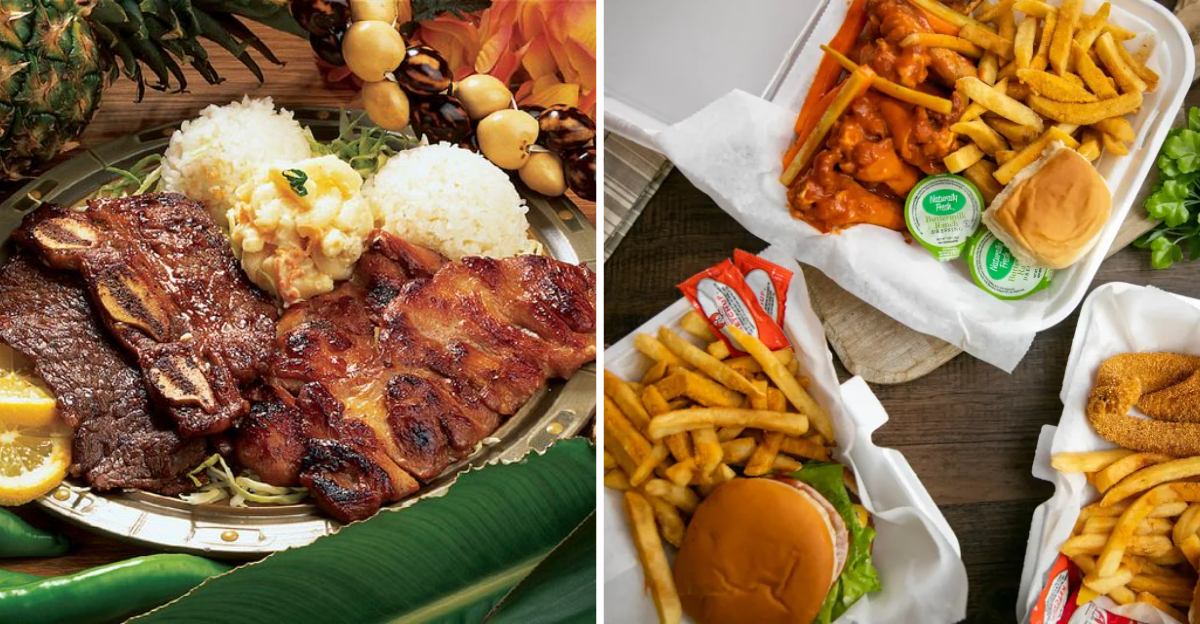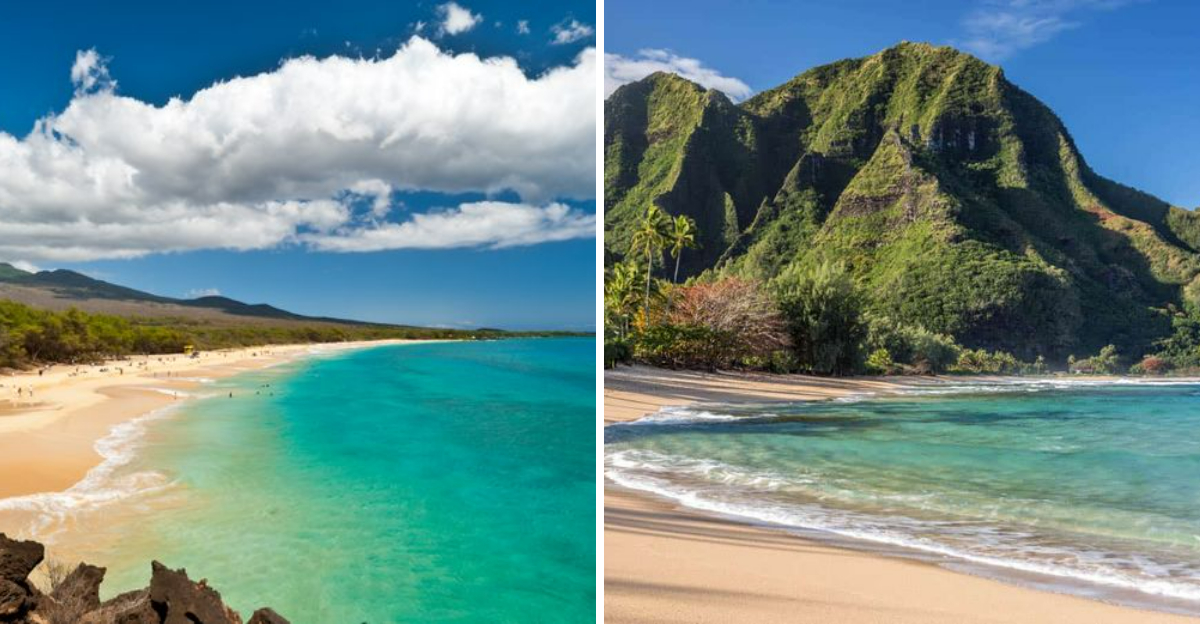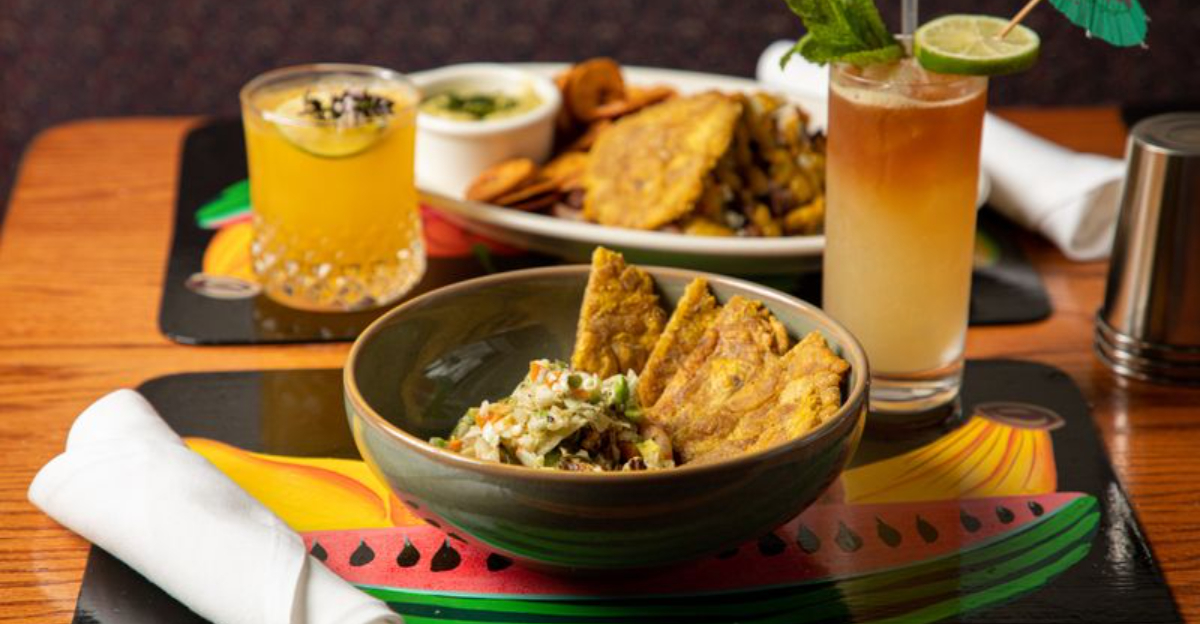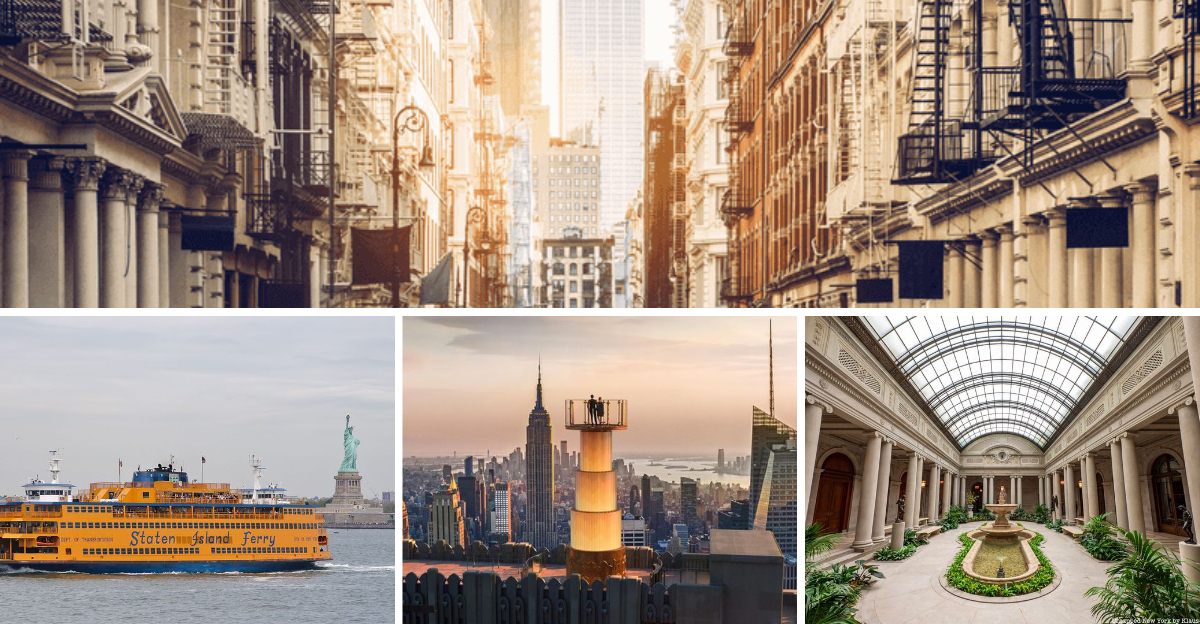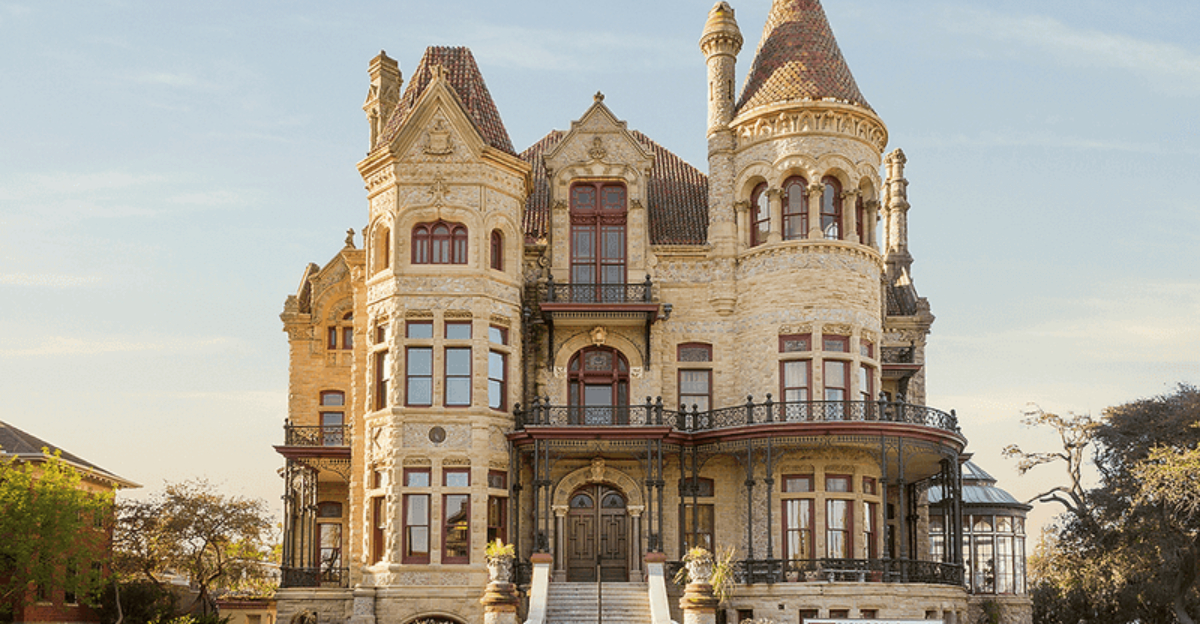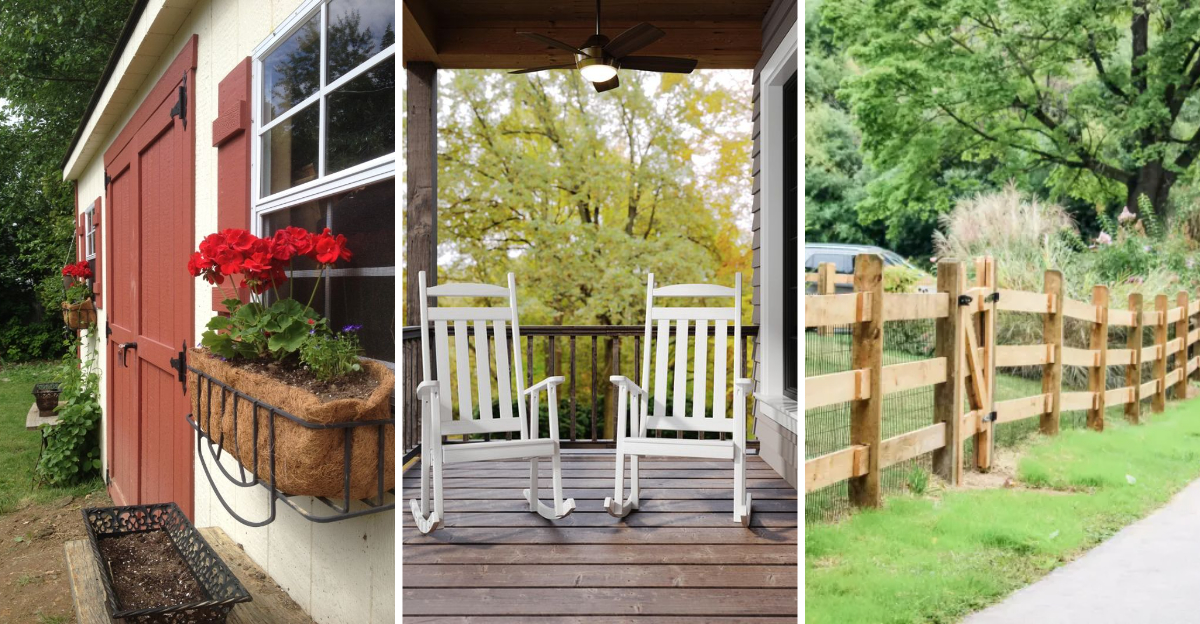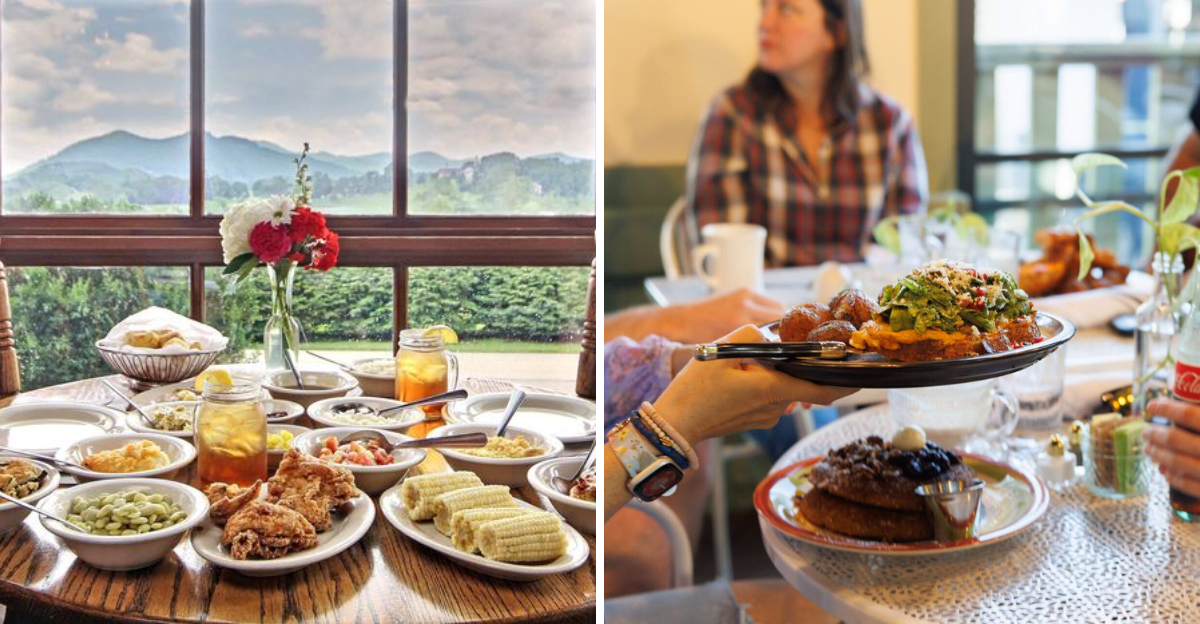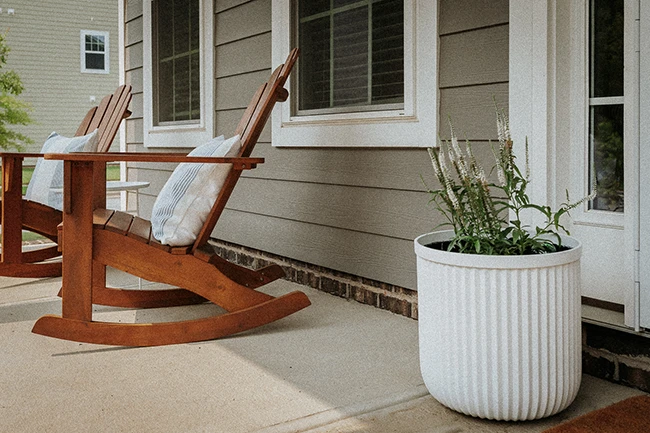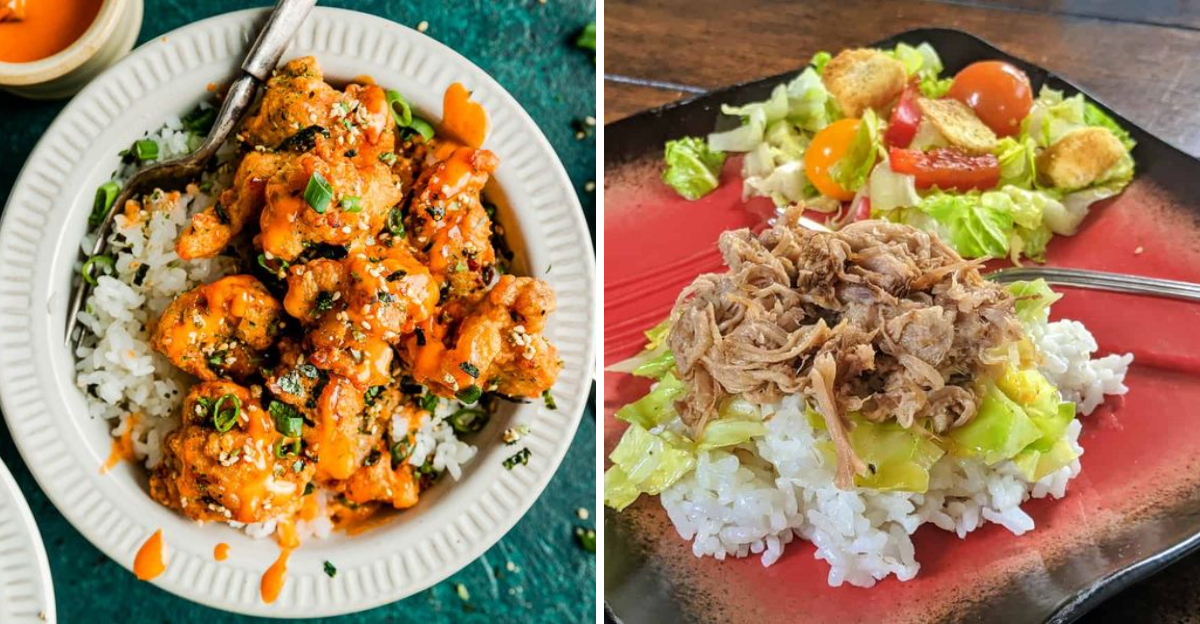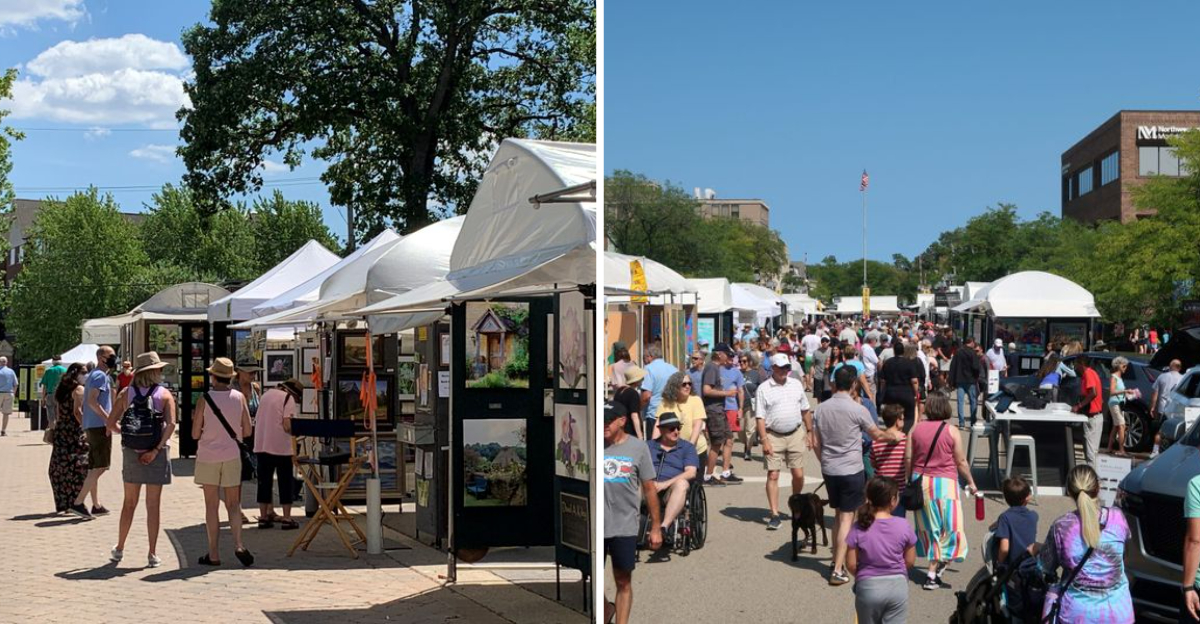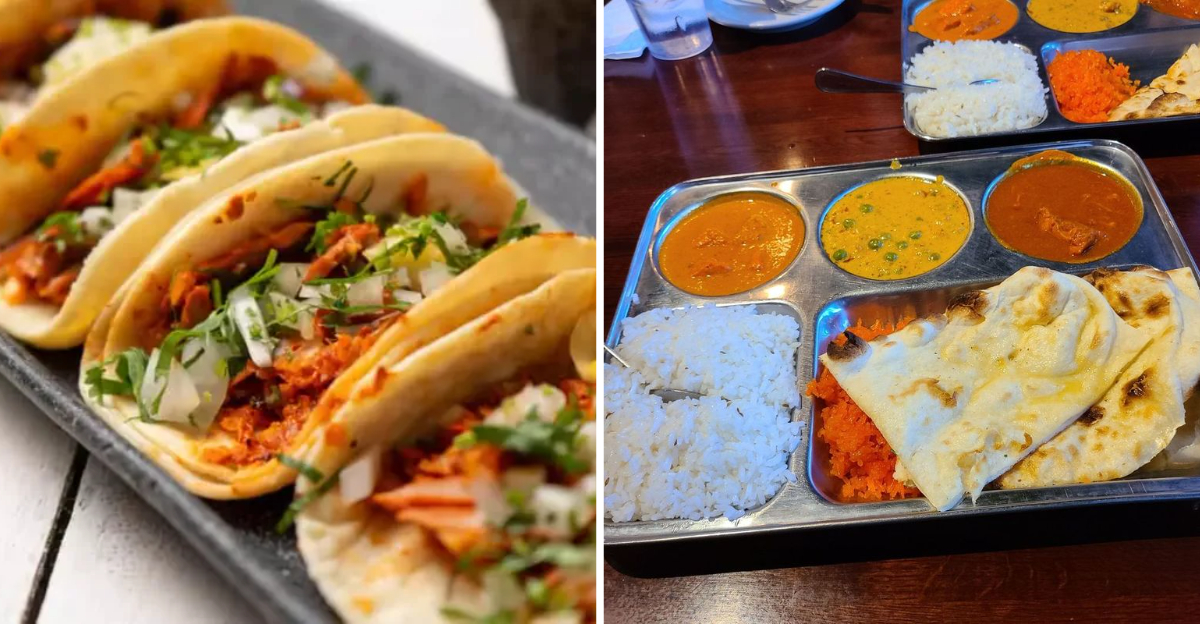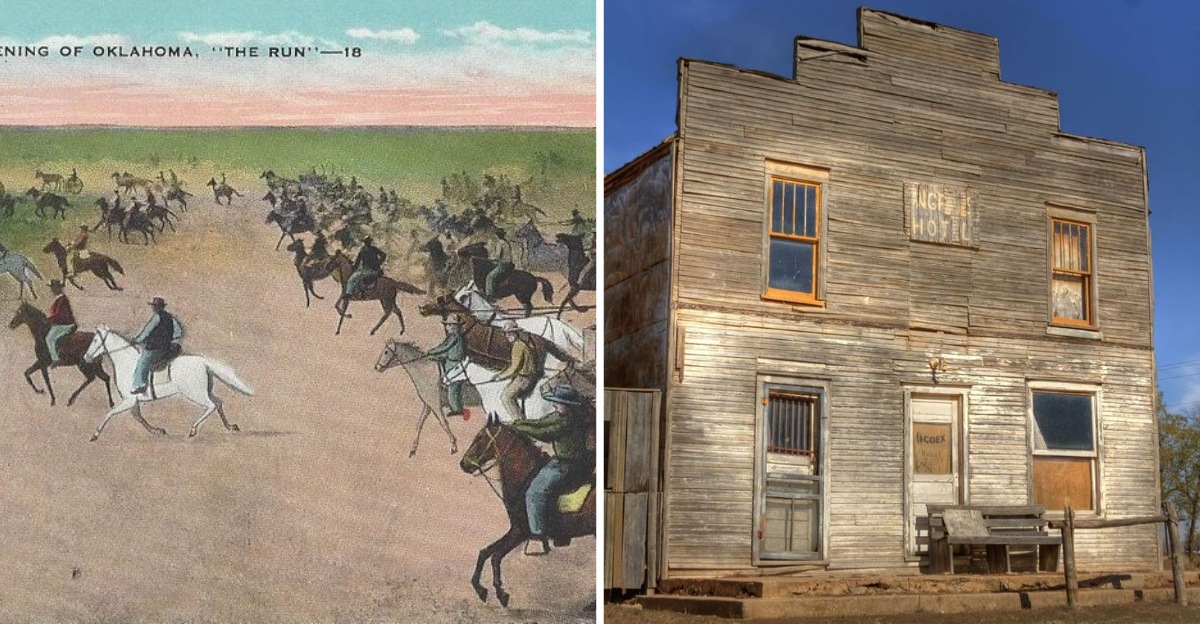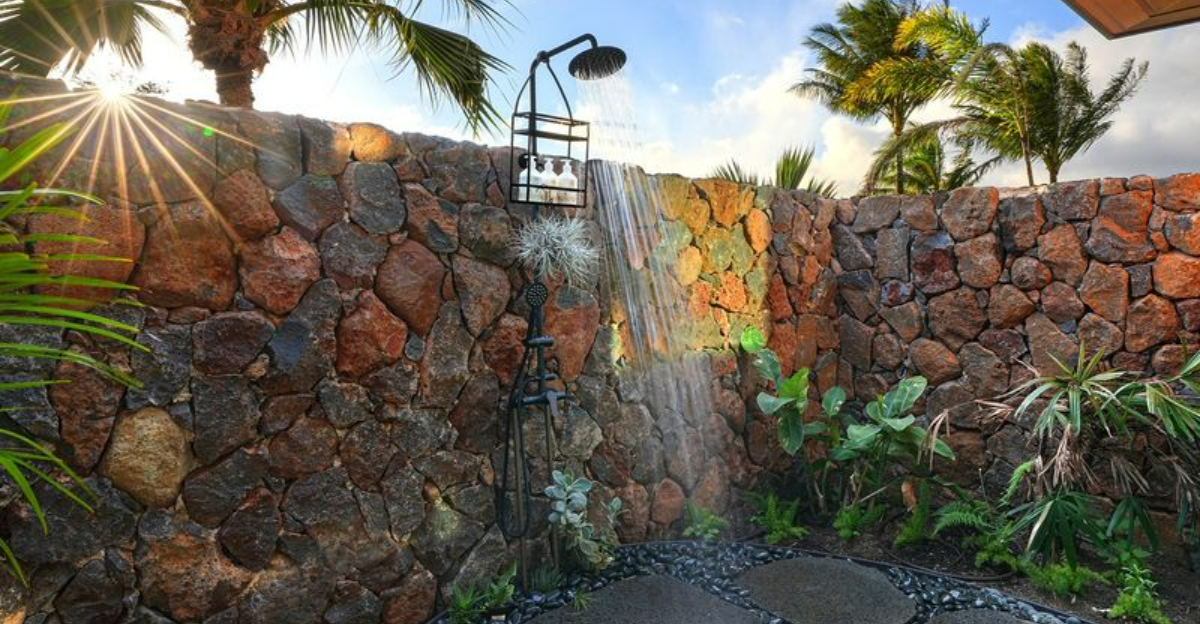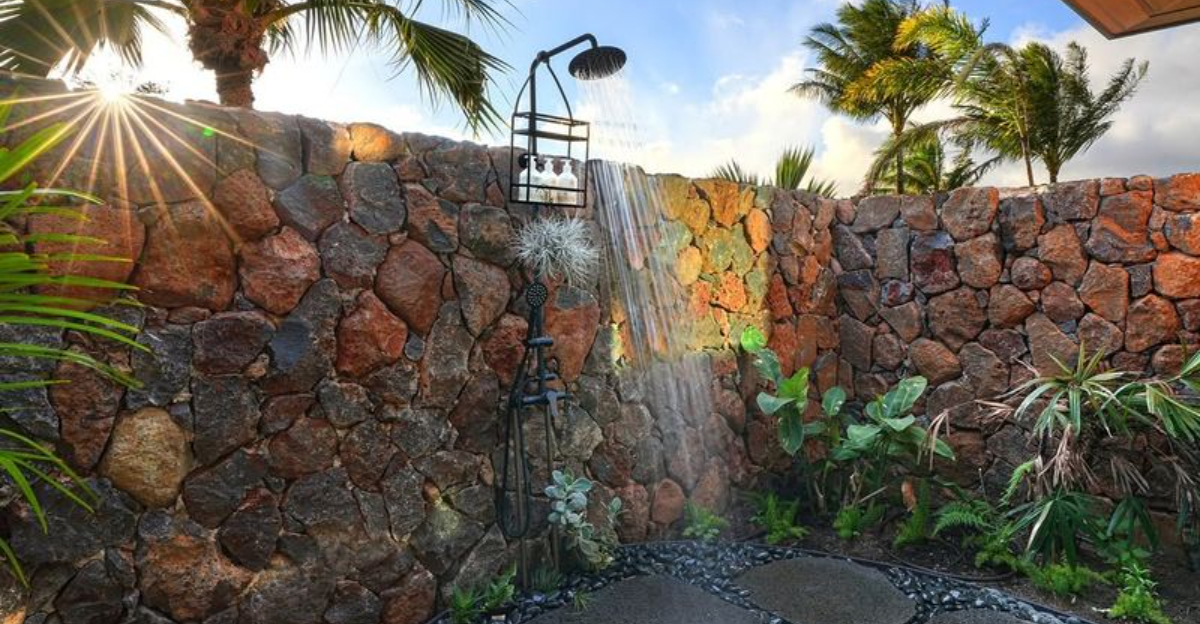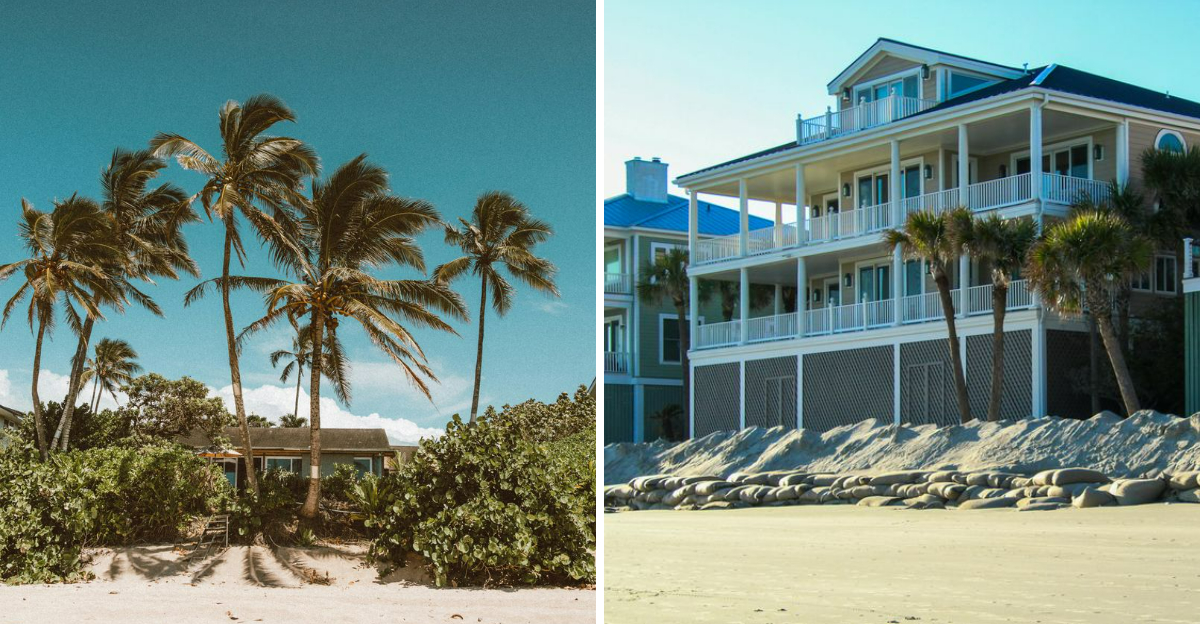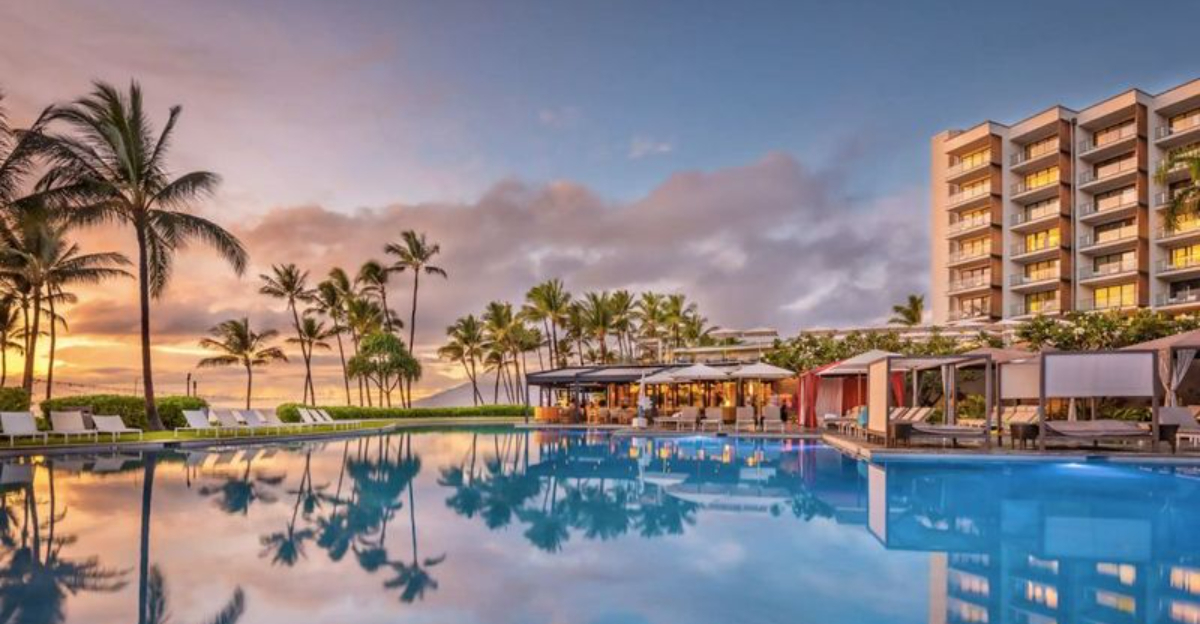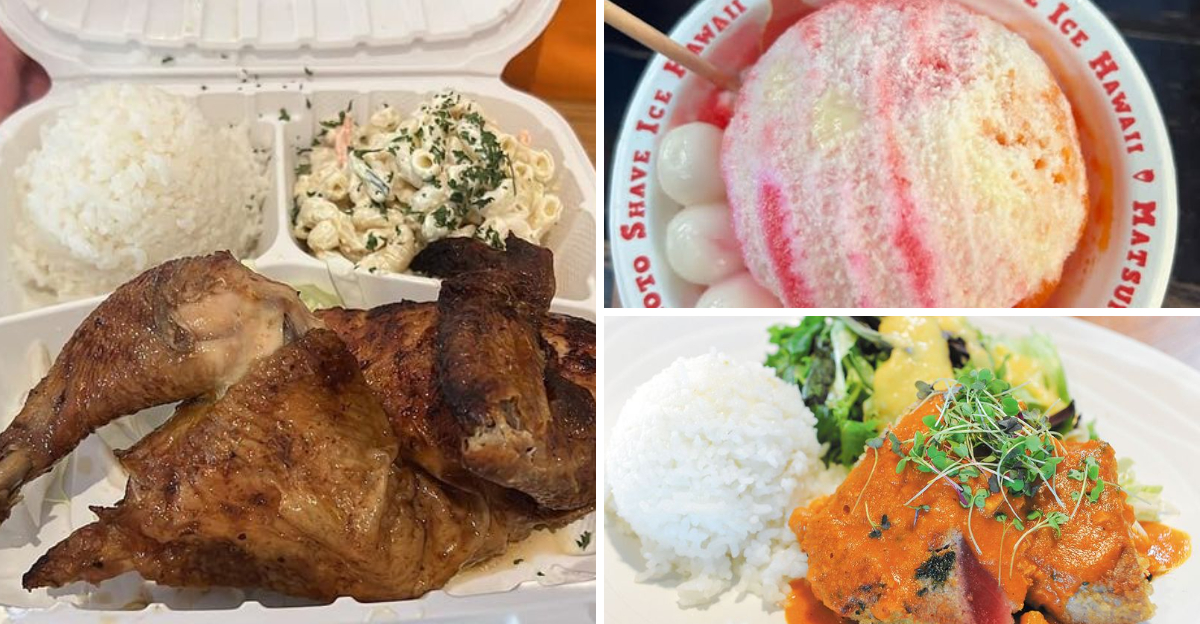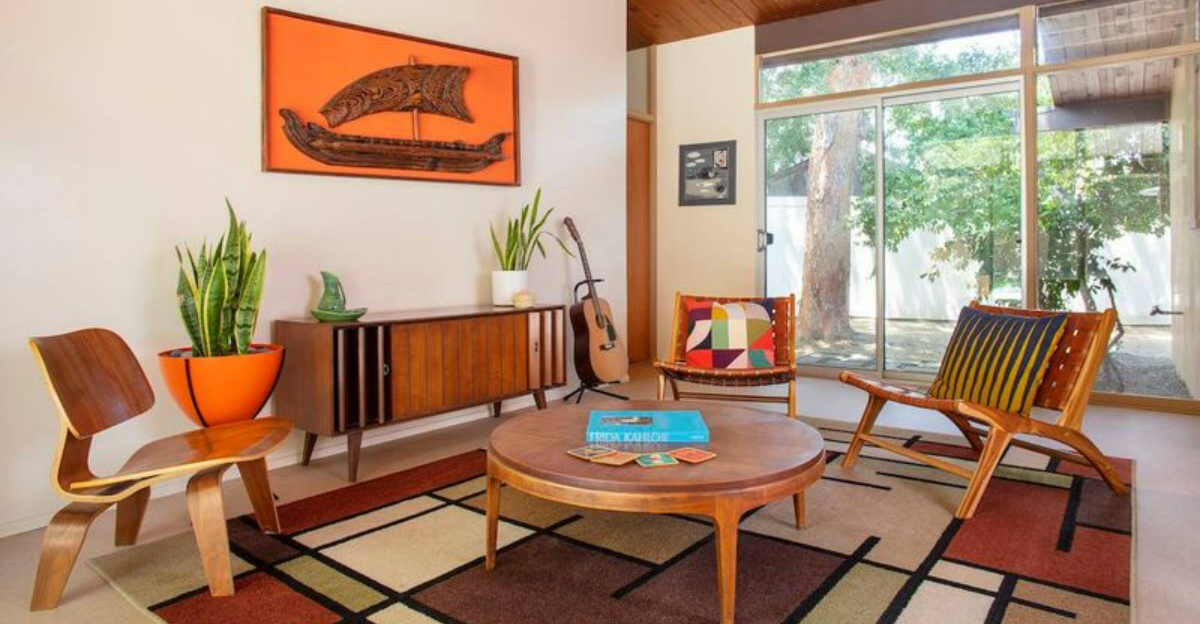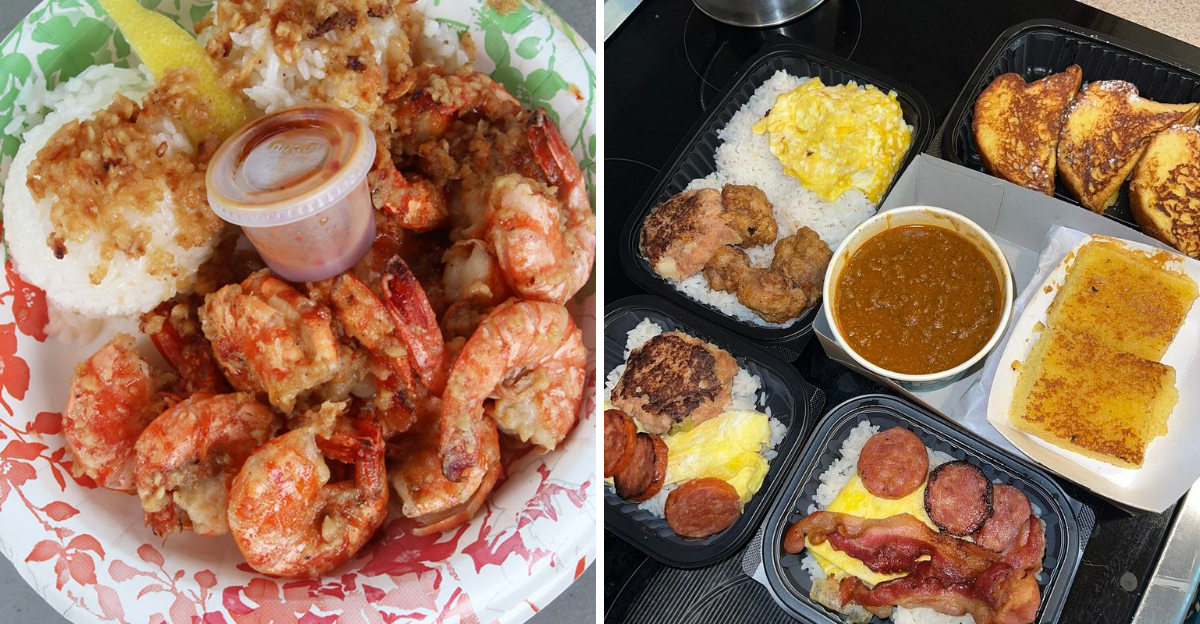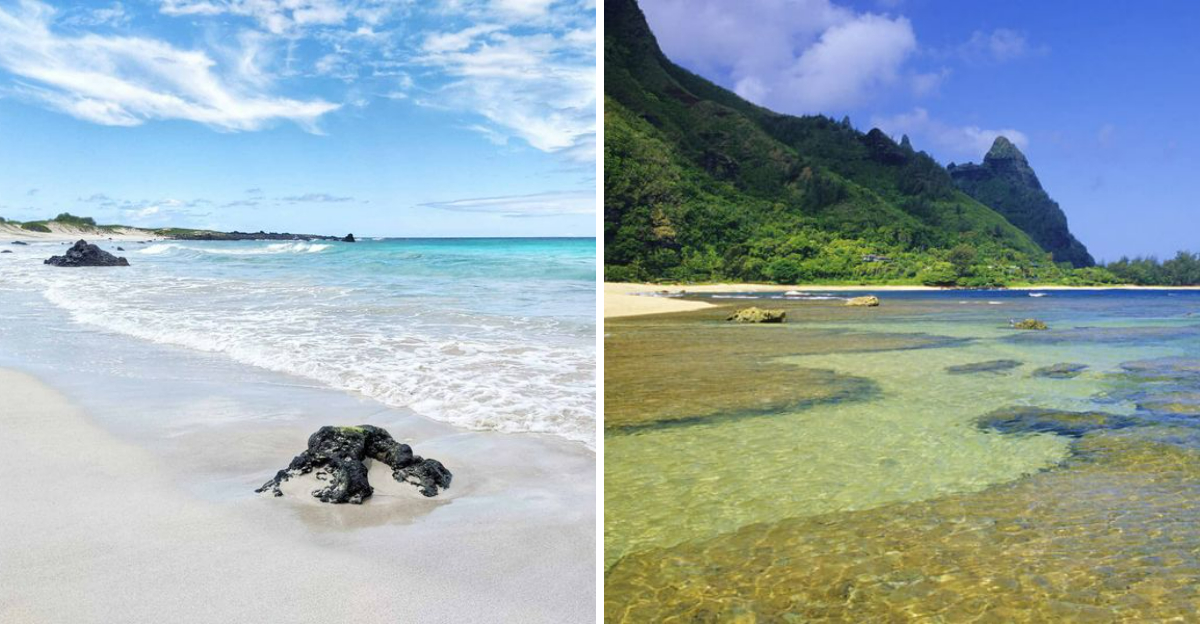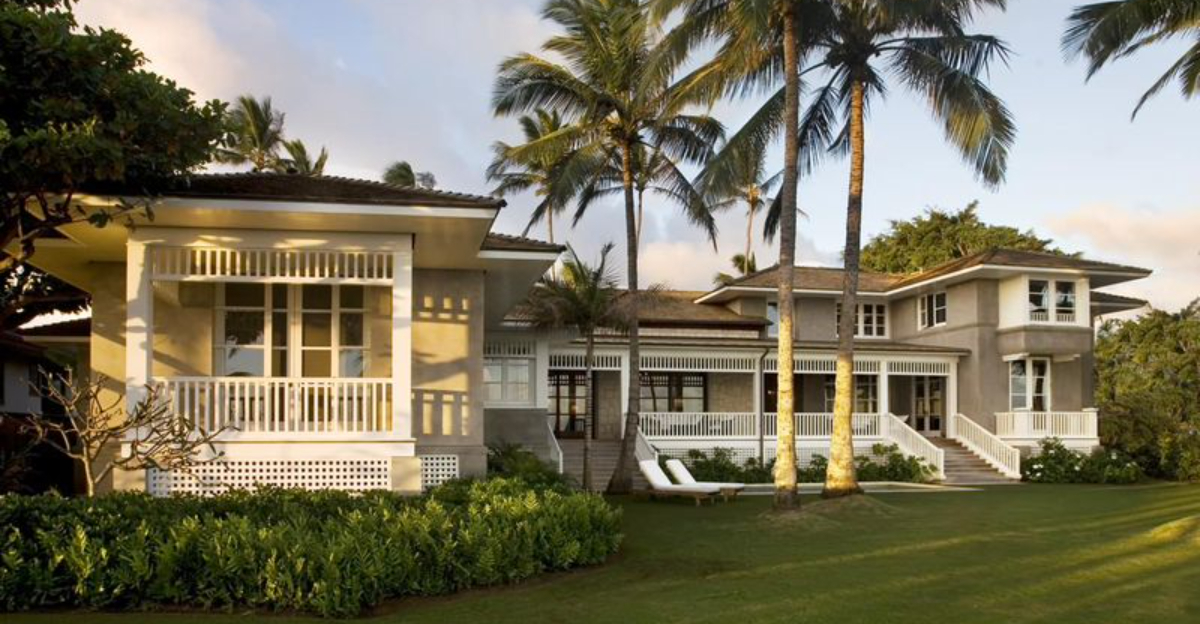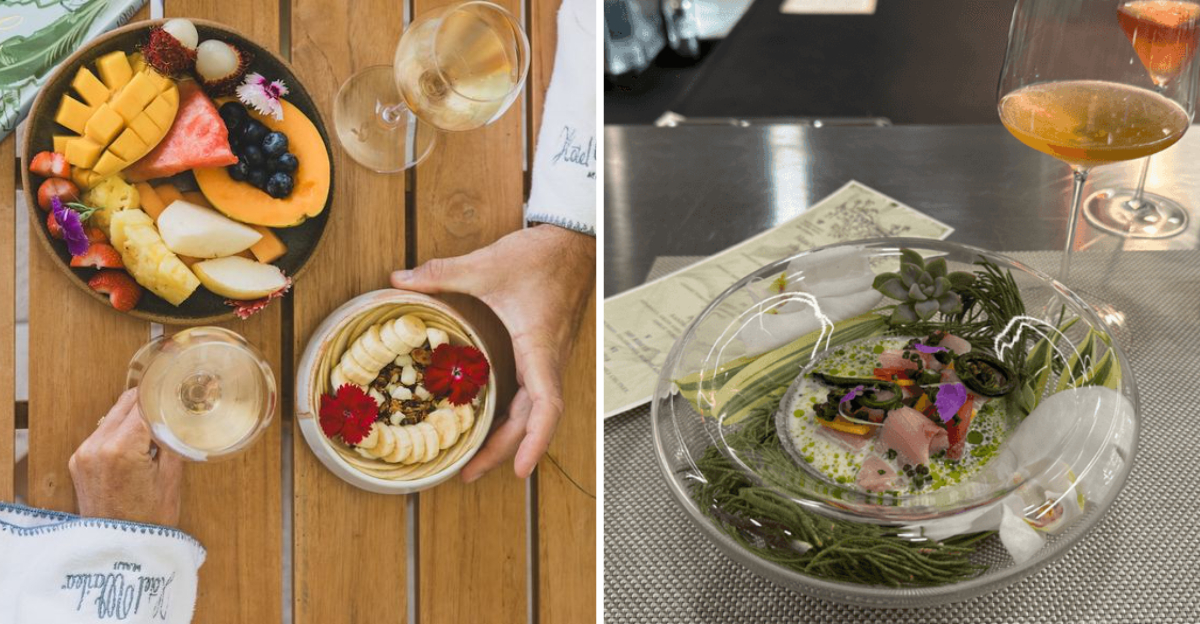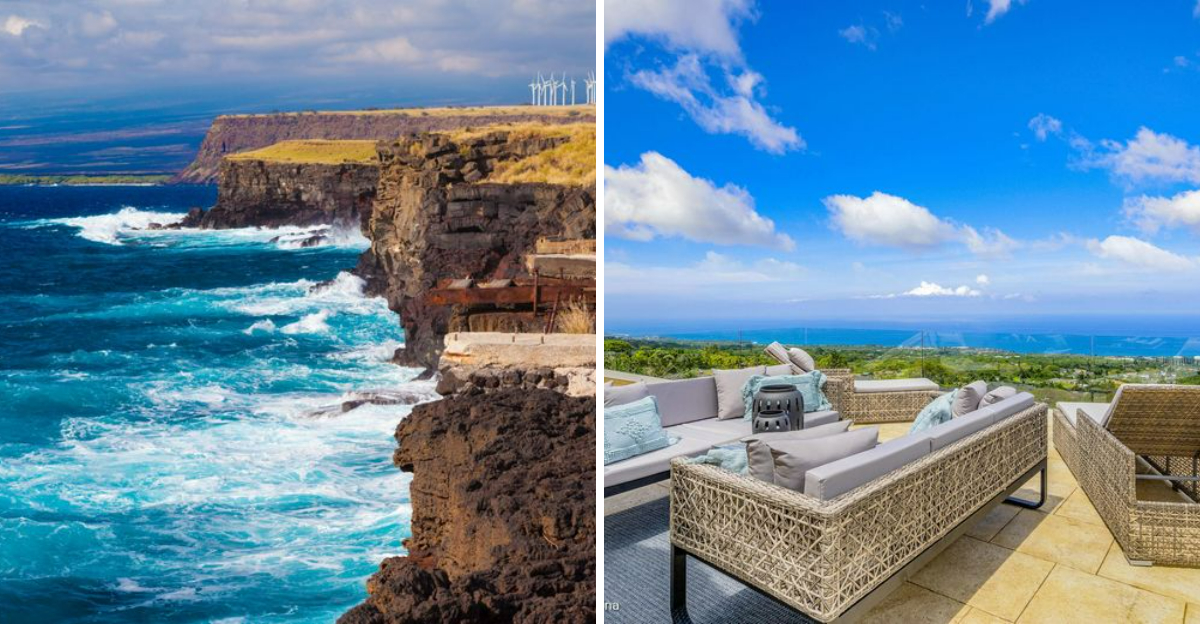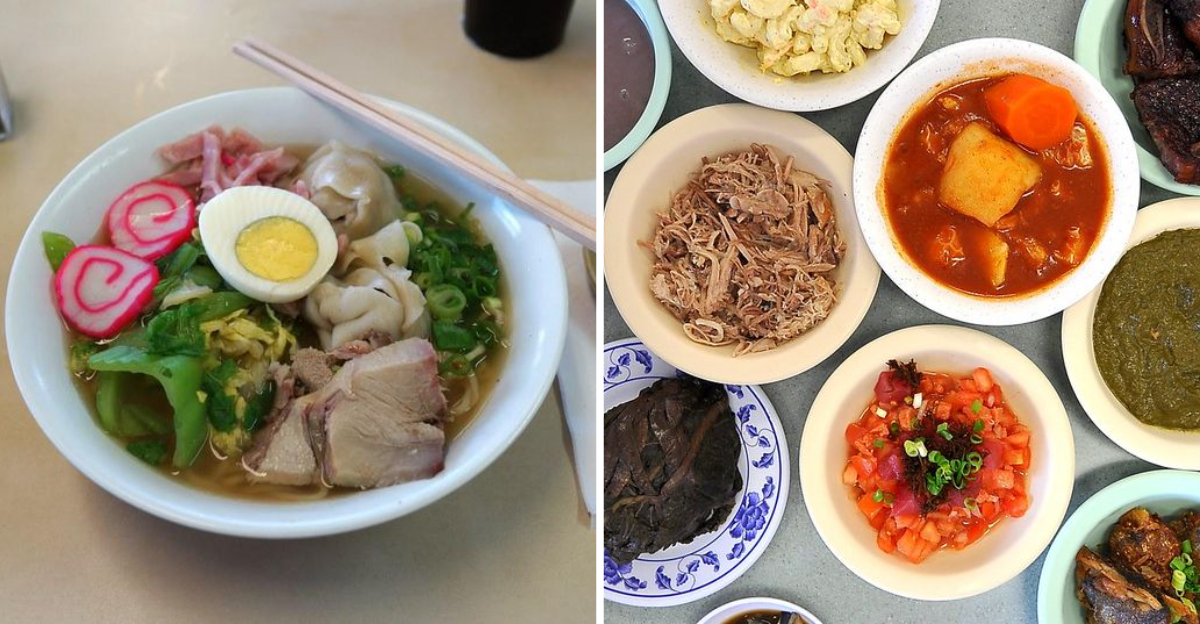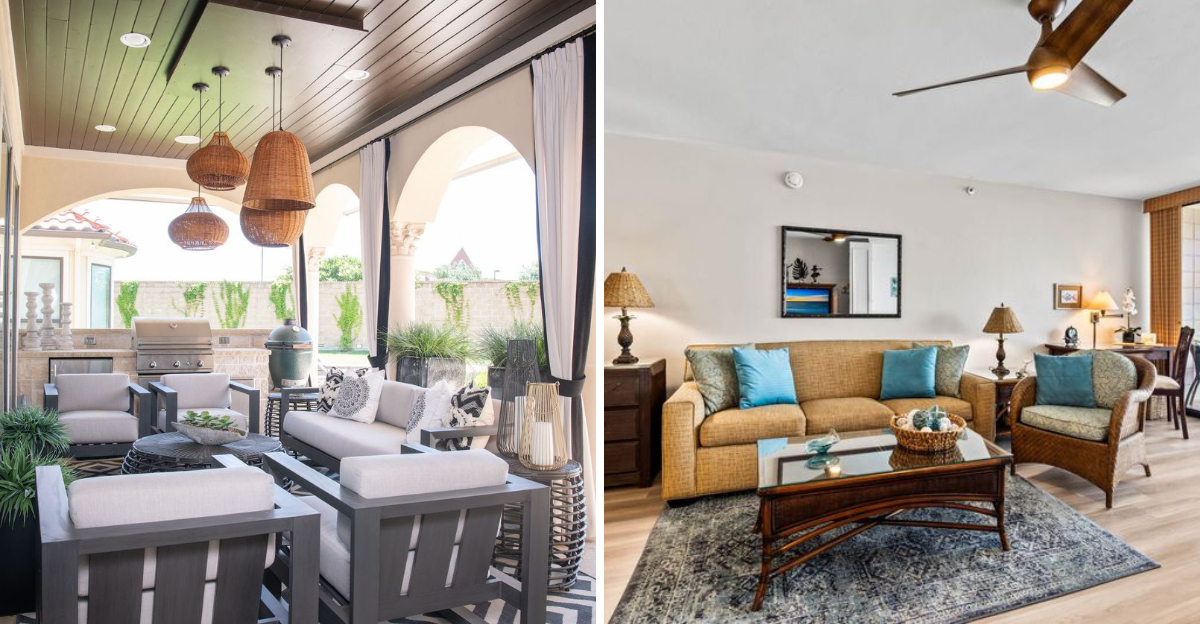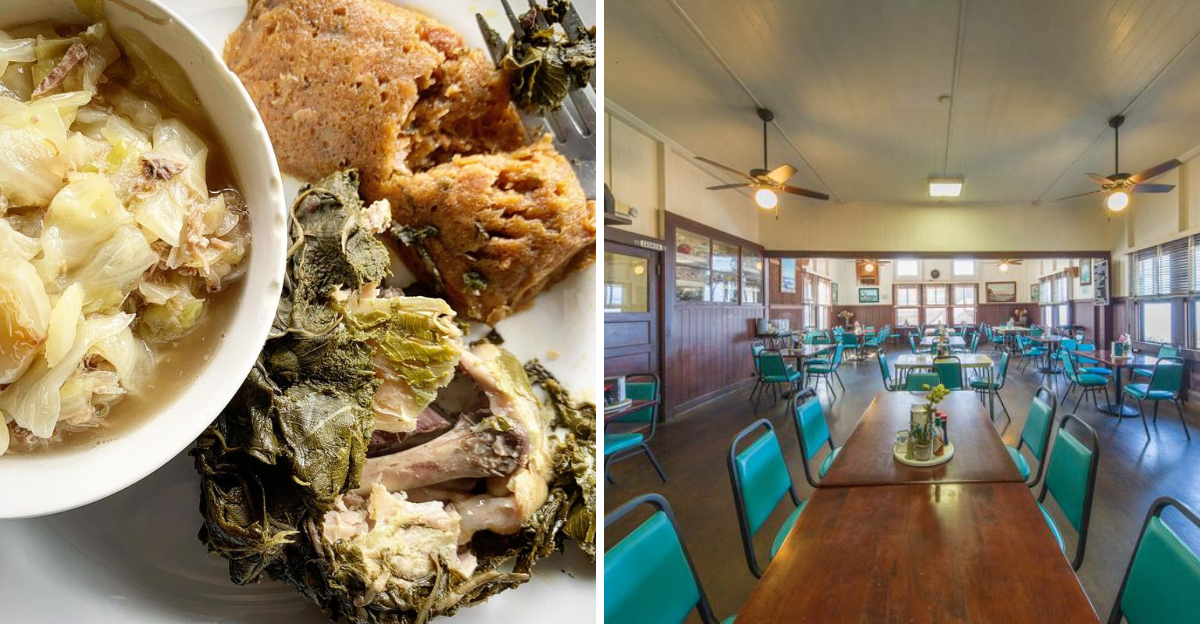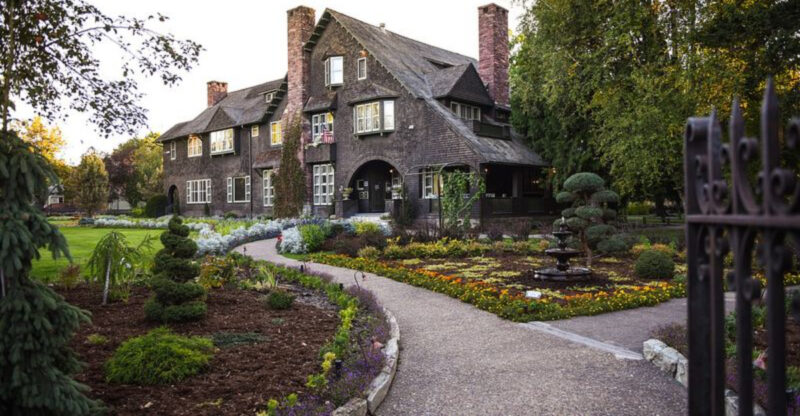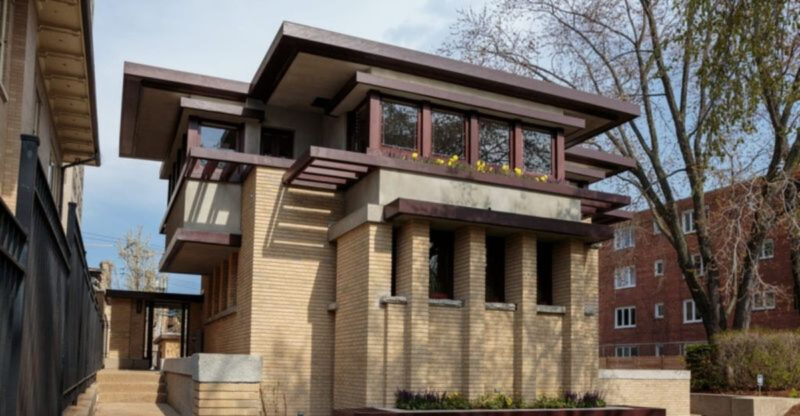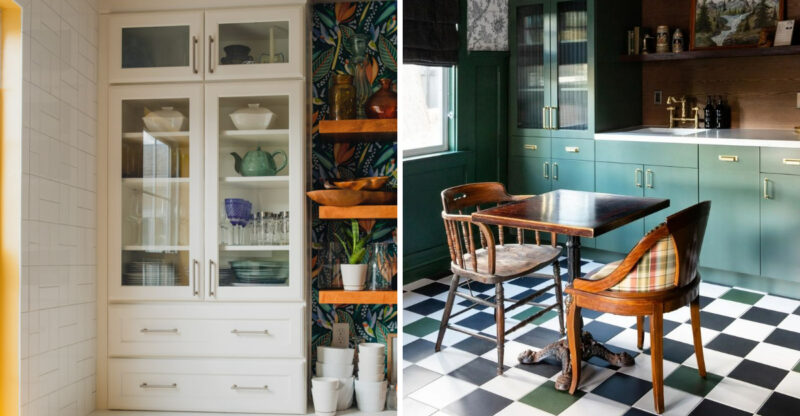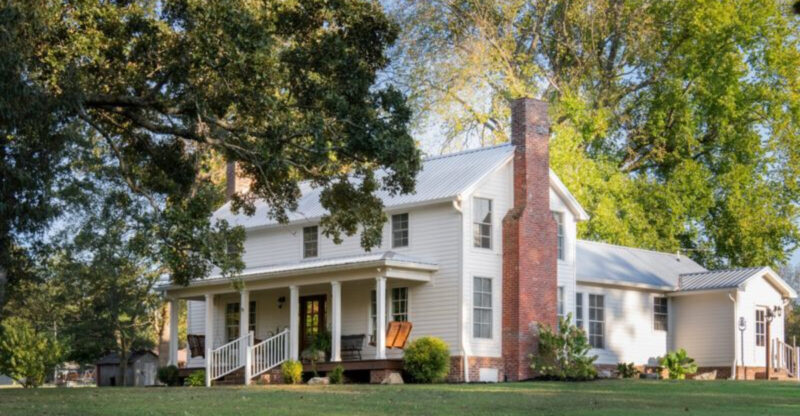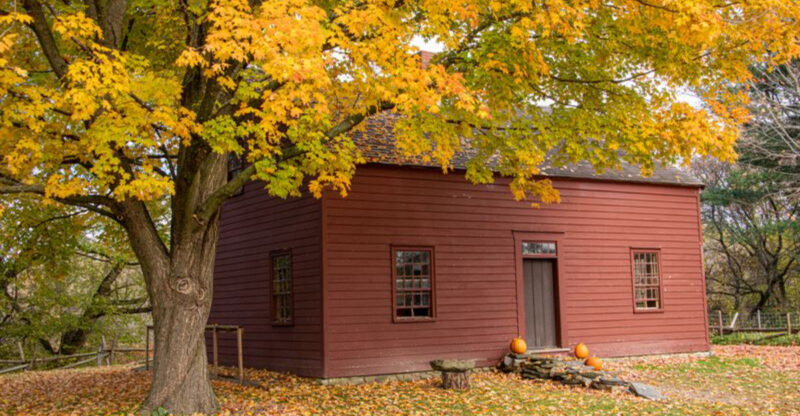Visit Iolani Palace In The Heart Of Honolulu, Hawaii
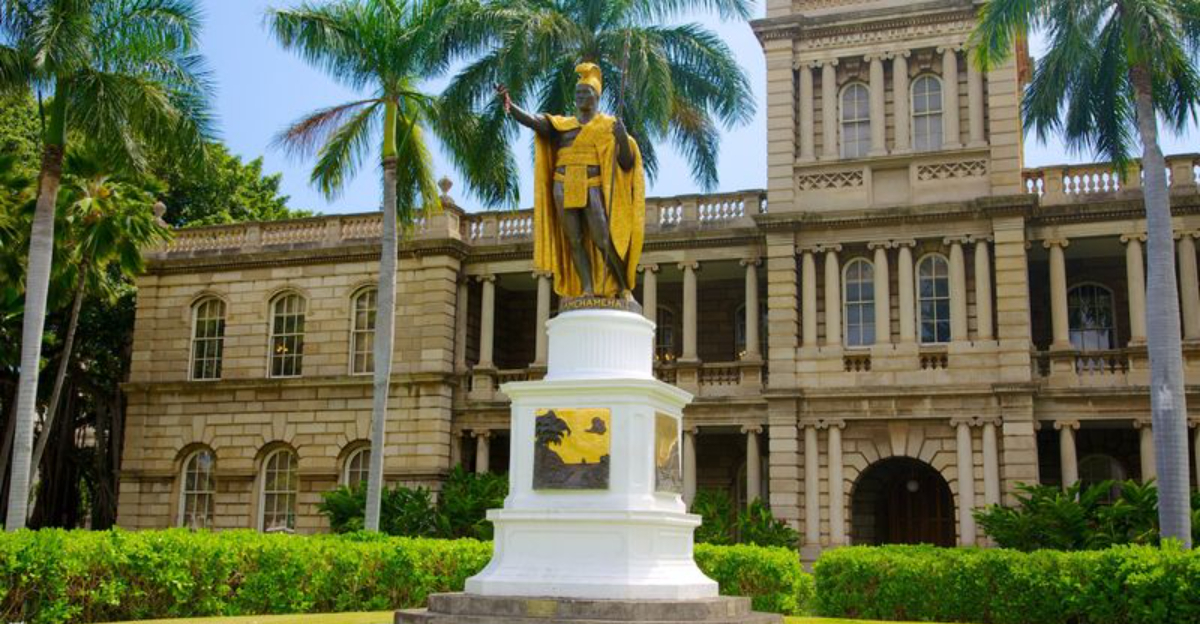
Rising above the tree-lined avenues of Honolulu, an ornate silhouette of spires, verandas, and royal crests interrupts the rhythm of modern city life. ʻIolani Palace doesn’t belong to the past – it speaks from it.
Within its stately walls, echoes of kings and queens linger in the glow of koa wood, silk drapery, and stained glass.
This is no ordinary landmark. It’s a layered story of sovereignty, ambition, and resilience – crafted in concrete and crownwork at the edge of empire.
1. Exterior Architecture
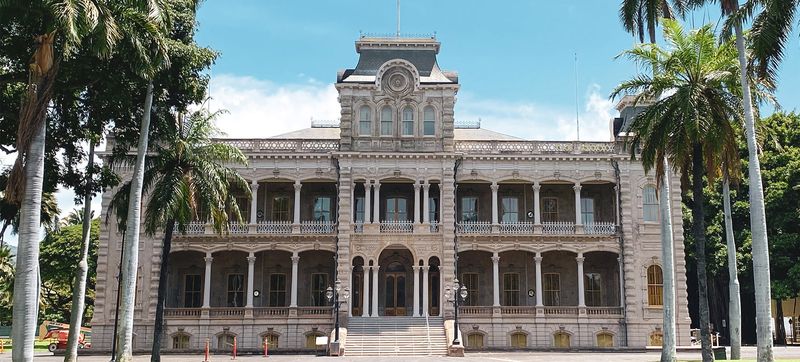
Constructed in a unique American Florentine style, the palace exterior showcases an innovative blend of Hawaiian and Western architectural elements. Intricate ironwork and grand columns frame the structure’s distinctive appearance.
The four-story building features corner towers and expansive verandas, designed to capture island breezes. Modern for its time, the palace was built with concrete blocks made to resemble natural stone.
2. Grand Hall
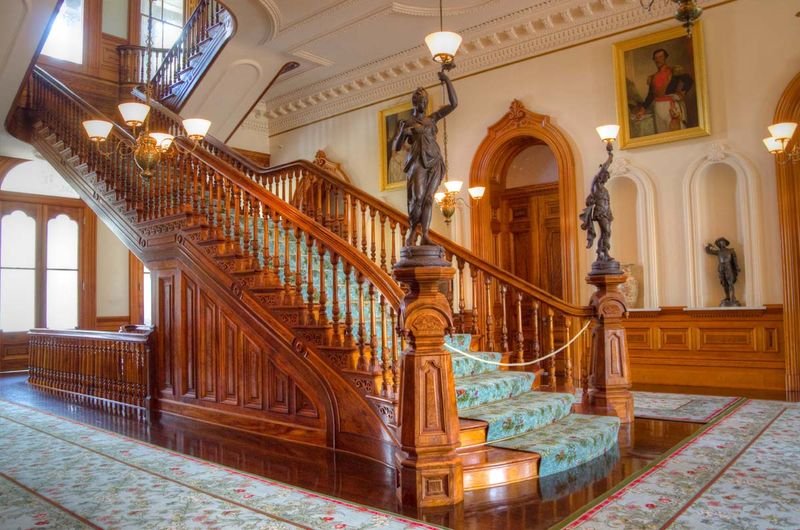
Stepping through the main entrance reveals an impressive koa wood staircase that serves as the centerpiece of this magnificent space. Royal portraits line the walls, silently watching visitors as they have for generations.
Overhead, a stunning stained glass skylight bathes the area in colorful natural light. The hall’s original furnishings have been meticulously restored, offering an authentic glimpse of how Hawaiian royalty welcomed distinguished guests.
3. Throne Room
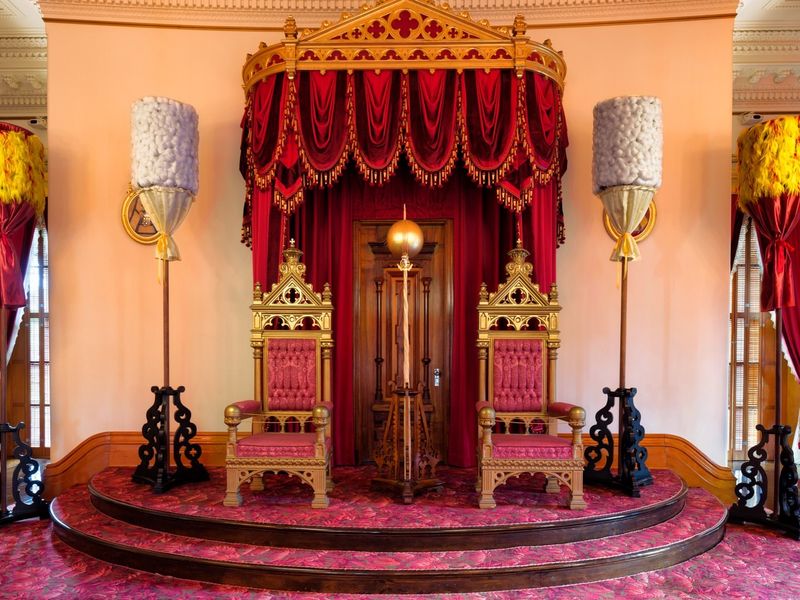
Royal ceremonies and elaborate state functions once filled this magnificent chamber with pageantry and diplomacy. Crimson and gold accents adorn the walls, creating a backdrop worthy of monarchs.
Two original thrones stand at the front, belonging to King Kalakaua and Queen Kapiolani. Massive chandeliers hang from the ceiling, illuminating the space where international dignitaries were once received and royal balls captivated Honolulu’s elite.
4. Blue Room
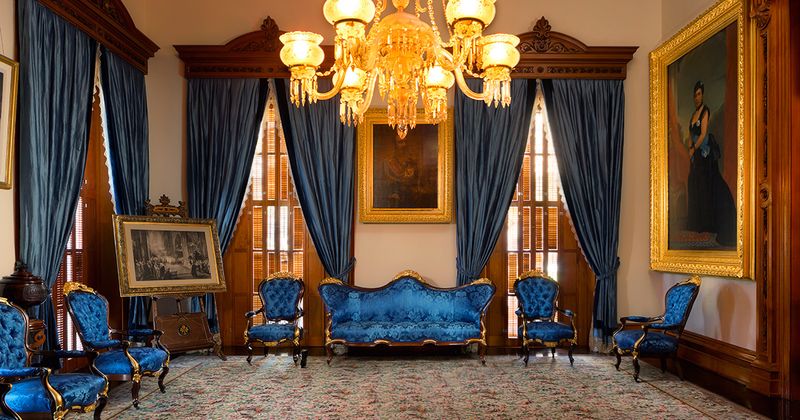
Named for its striking azure walls, this elegant reception room served as a gathering space for less formal royal meetings. Exquisite furnishings include pieces commissioned from Boston’s A.H. Davenport company.
A magnificent portrait of King Louis Philippe of France, gifted to the Hawaiian monarchy, dominates one wall. The room’s strategic position allowed cool breezes to flow through during evening gatherings when Honolulu’s elite socialized with the royal family.
5. State Dining Room
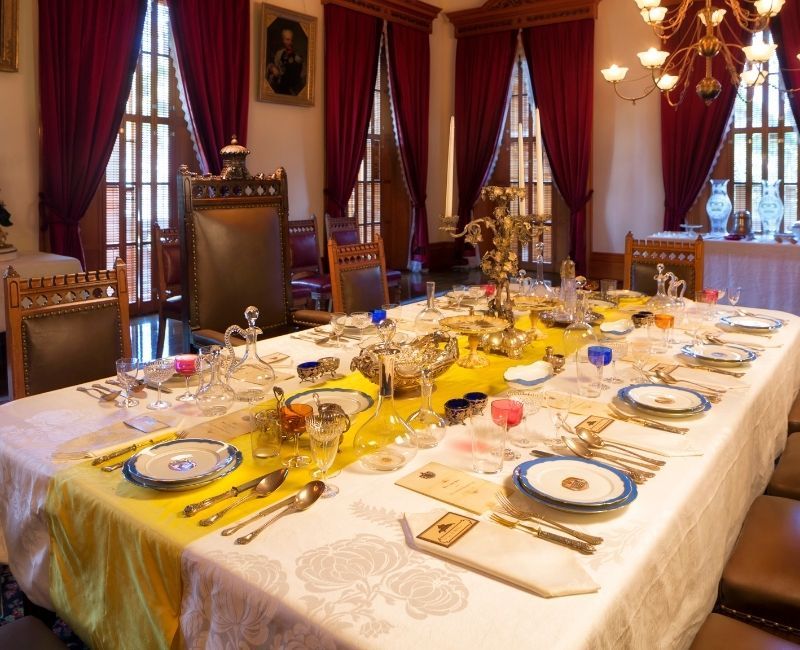
Elaborate royal feasts once graced the magnificent table centerpiece of this elegant chamber. Crystal, silver, and fine china – much of it bearing the royal crest – showcase the monarchy’s sophisticated entertaining style.
Golden-hued koa wood paneling adds warmth to the formal space. The room could accommodate up to 12 guests, who dined beneath a crystal chandelier while surrounded by priceless artwork and silver candelabras imported from European royal courts.
6. King’s Private Suite
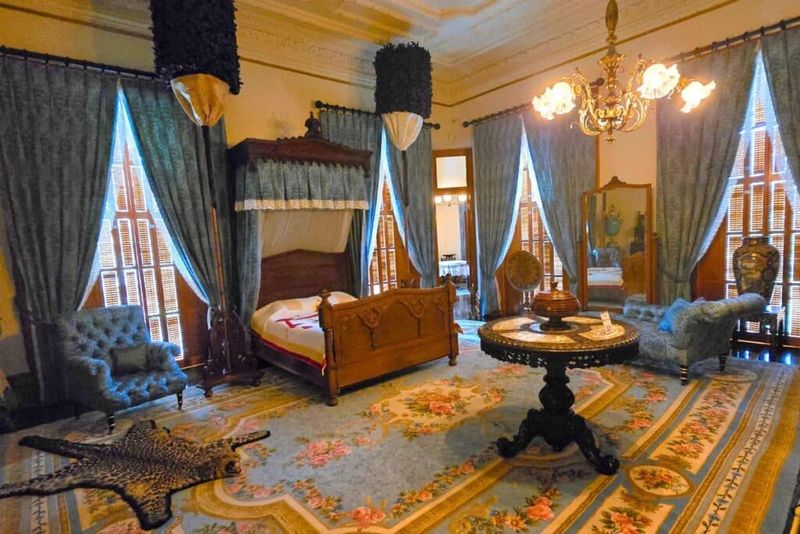
Behind the public spaces lies the personal sanctuary of King Kalakaua, featuring a bedroom, private bath, and study. Photographs of fellow monarchs from around the world line his desk, gifts from his groundbreaking world tour in 1881.
His innovative spirit shines through modern conveniences unusual for the era. The king’s collection of books and scientific instruments reveals his fascination with new technologies and earned him the nickname “The Merrie Monarch” for balancing tradition with progress.
7. Queen’s Suite
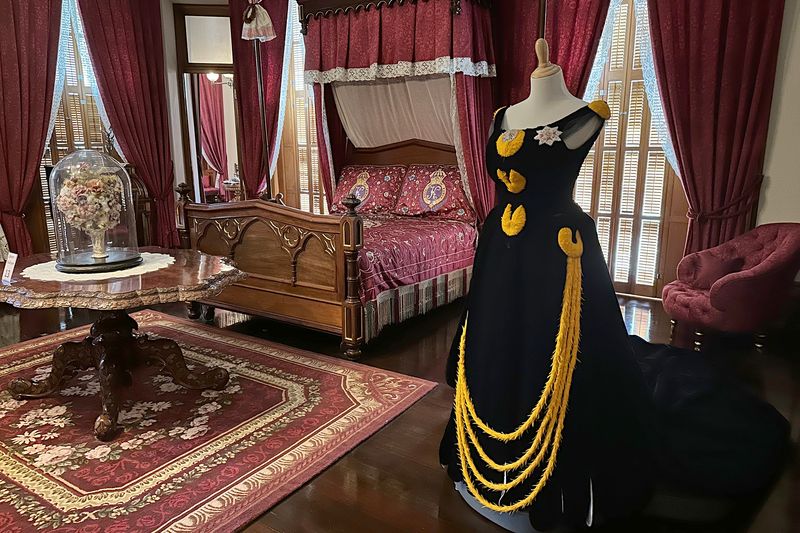
Tragedy permeates these rooms where Queen Liliuokalani was imprisoned for eight months following the overthrow. Despite her confinement, it is said that she composed music and quilted a stunning bedcover that visitors can still see today.
Feminine touches distinguish the space from the king’s quarters. Her writing desk faces windows overlooking the palace grounds – the same view she had during her imprisonment when supporters would gather outside to show solidarity through traditional songs.
8. Library
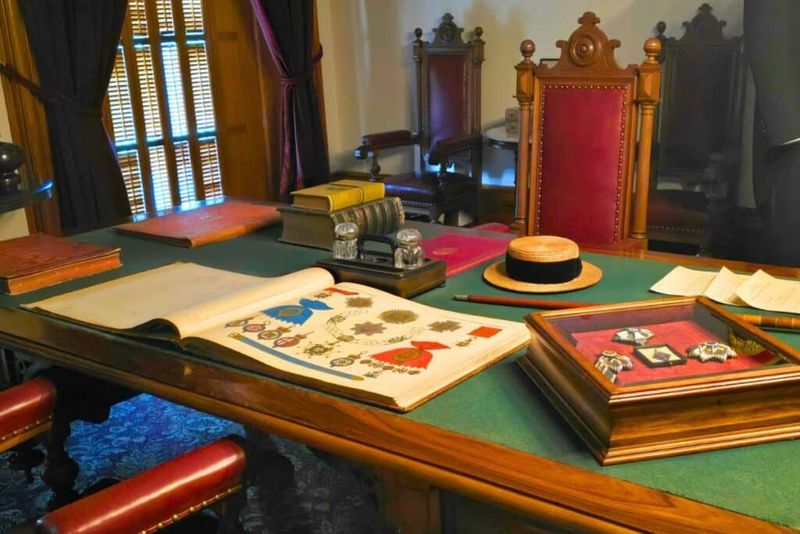
Books in multiple languages fill the shelves, reflecting the royal family’s multilingual abilities and international connections. Rare volumes about Hawaiian culture sit alongside European classics and scientific works.
A massive desk dominates the center, where royal correspondence was drafted and official documents signed. The room served as both a repository of knowledge and a working office where King Kalakaua pursued his interest in preserving Hawaiian cultural traditions through literature.
9. Music Room
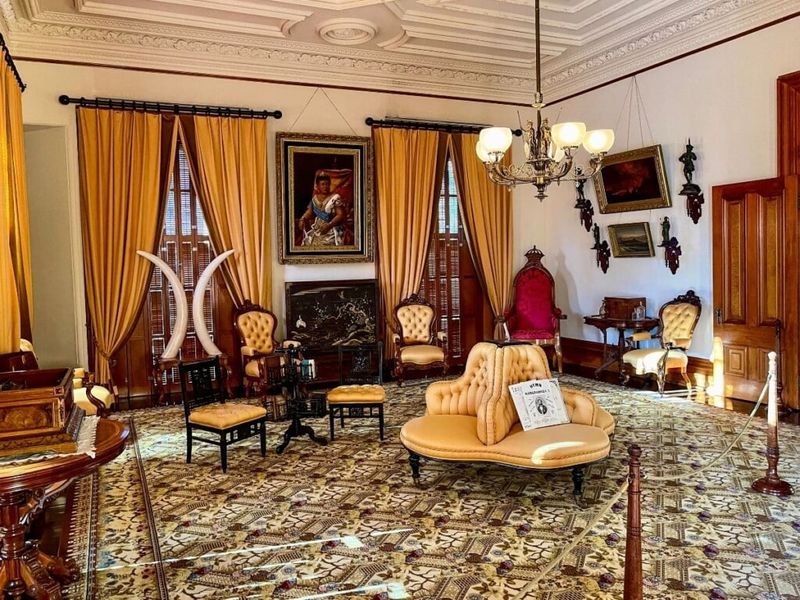
Melodies once filled this special chamber where the musical royal family entertained guests. A beautifully restored piano sits ready, as if waiting for Queen Liliuokalani to return and play one of her 165 compositions, including the famous “Aloha Oe.”
Sheet music displays highlight original royal compositions. The acoustics were specifically designed to amplify music throughout the first floor, allowing the sweet sounds of Hawaiian instruments to drift through open doorways during palace gatherings.
10. Upstairs Hallways

Connecting the private royal chambers, these passages showcase historical photographs documenting Hawaii’s transition from kingdom to territory. Elegant carpets muffle footsteps just as they did when royal attendants moved quietly through the palace.
Original gas-electric light fixtures hang from ornate ceilings. The hallways offer glimpses into rooms that would otherwise remain hidden, providing a comprehensive understanding of palace life and the physical layout that shaped daily royal routines.
11. Basement Galleries
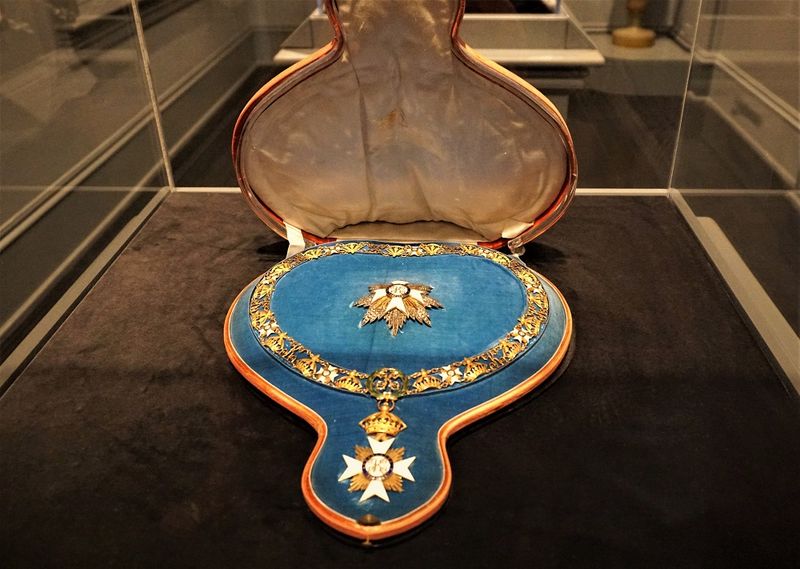
Treasures of the monarchy await discovery in these modern exhibition spaces beneath the main floors. Royal jewels glitter in climate-controlled cases, including Queen Liliuokalani’s diamond butterfly brooch and King Kalakaua’s Masonic emblems.
Historical artifacts tell stories of a kingdom’s rise and fall. Medals, decorations, and gifts from international leaders demonstrate how respected the Hawaiian monarchy was on the world stage before American business interests orchestrated the controversial overthrow.
12. Kitchen

Culinary history comes alive in this restored space where royal feasts were prepared using both traditional Hawaiian techniques and European cooking methods. Copper pots hang alongside period-appropriate cooking implements.
State dinners required extensive preparation in this functional area. The kitchen represents the fascinating blend of cultures that characterized Hawaii during the monarchy – indigenous ingredients prepared with international techniques to please palates from around the world.
13. Veranda
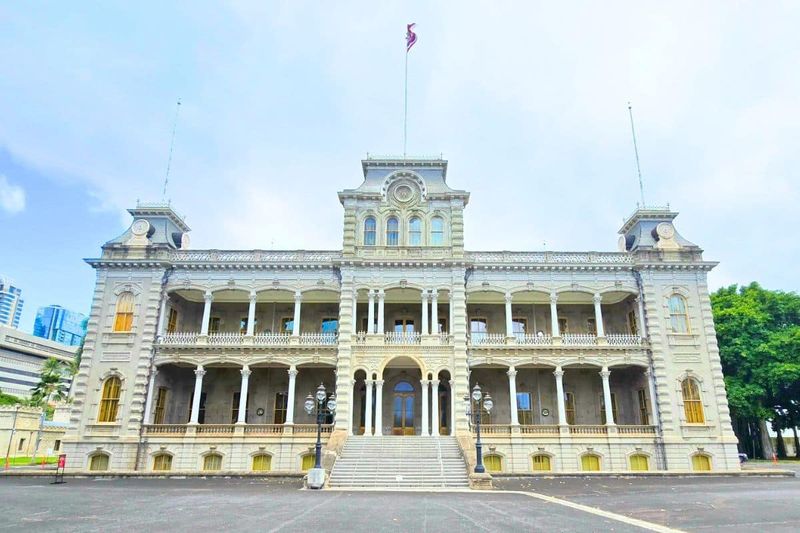
Encircling the palace, this breezy outdoor space provided relief from tropical heat before air conditioning existed. Royal guards once stood at attention here, protecting the monarchy while dignitaries arrived for official functions.
Rocking chairs invite modern visitors to pause and imagine bygone royal gatherings. From this vantage point, one can appreciate both the palace architecture and the grounds beyond, understanding how the building was designed to maximize natural cooling in Hawaii’s climate.
14. Grand Staircase
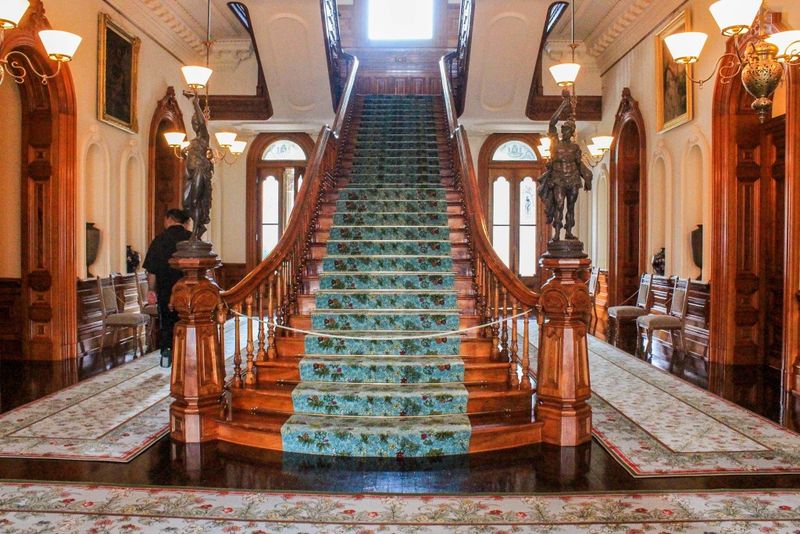
Carved entirely from native koa wood, this architectural masterpiece spirals gracefully between floors. Royal processions once descended these steps during formal ceremonies, creating dramatic entrances for the monarch and visiting dignitaries.
Ornate newel posts feature Hawaiian motifs blended with Victorian design elements. The staircase represents the pinnacle of Hawaiian craftsmanship, showcasing the skills of local woodworkers who created this enduring symbol of royal elegance that continues to impress visitors today.
15. Palace Grounds
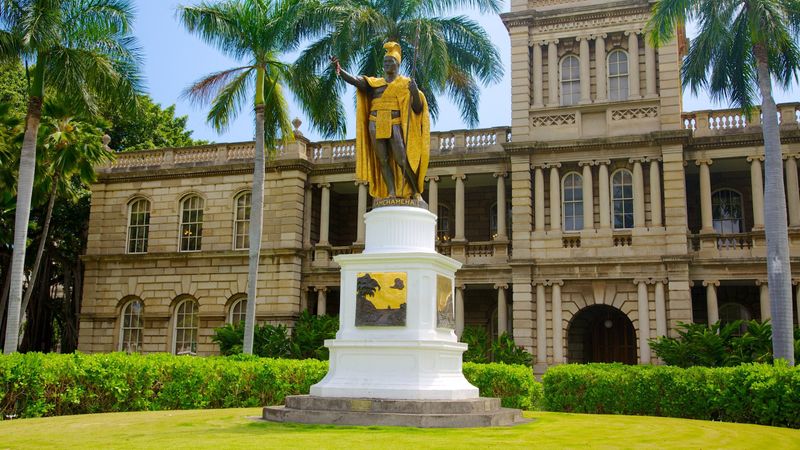
Sprawling across 11 acres in downtown Honolulu, the meticulously maintained gardens create a green oasis amid urban surroundings. Ancient banyan trees that witnessed the kingdom’s final days still spread their massive branches over the lawn.
Royal palms line pathways where monarchs once strolled. The grounds hosted elaborate luaus and military reviews during the kingdom era, while today they provide a peaceful setting for visitors to reflect on Hawaii’s complex history.
16. Coronation Pavilion
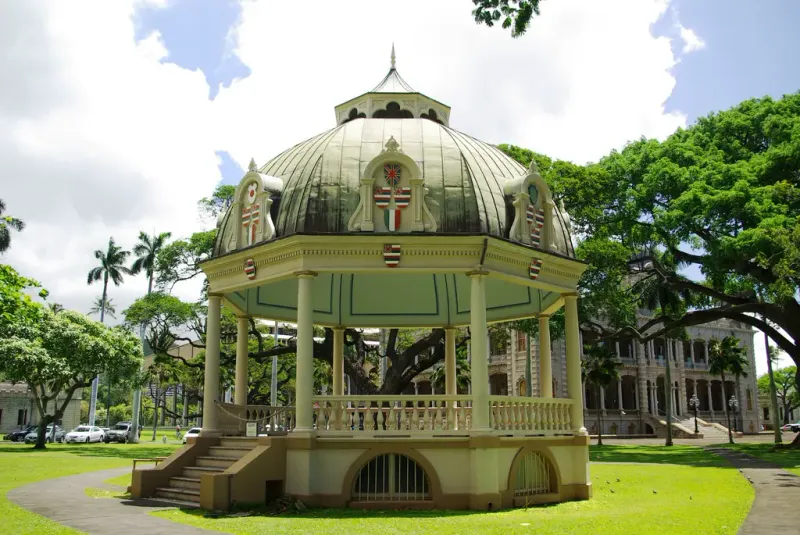
Festivities erupted at this elegant structure when King Kalakaua was crowned in 1883. Specifically built for the coronation ceremony, the pavilion remains the only such structure in the United States dedicated to a royal coronation.
Decorated with Hawaiian motifs, the gazebo-like building hosted military bands during palace celebrations. Though the monarchy ended just a decade after its construction, the pavilion endures as a symbol of Hawaiian sovereignty and continues to be used for cultural performances.
17. Royal Tombs & Legacy
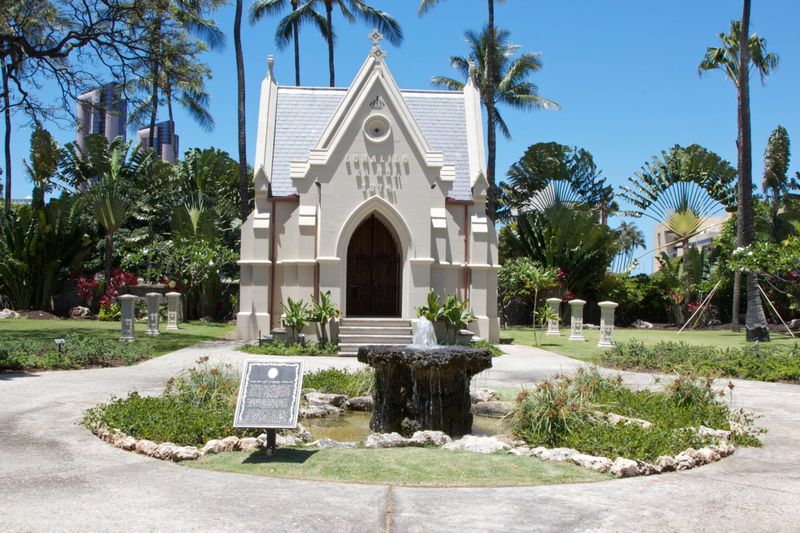
While royal burials are located at the Royal Mausoleum in Nuuanu Valley, the palace preserves the spiritual legacy of Hawaii’s monarchs. Artifacts throughout the building connect visitors to the lineage that ruled the islands for generations.
Hawaiian cultural practices continue on the grounds through ceremonies honoring the royal legacy. The palace stands as more than a museum – it represents a living monument to sovereignty that many Native Hawaiians still hold sacred and central to ongoing discussions about Hawaii’s political status.

